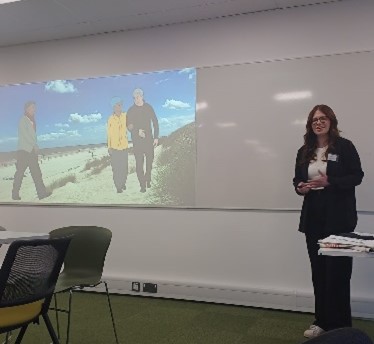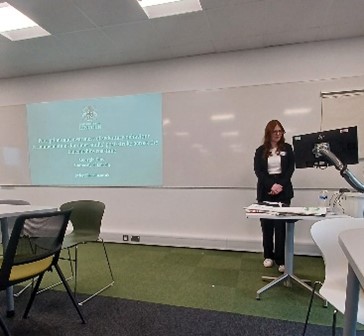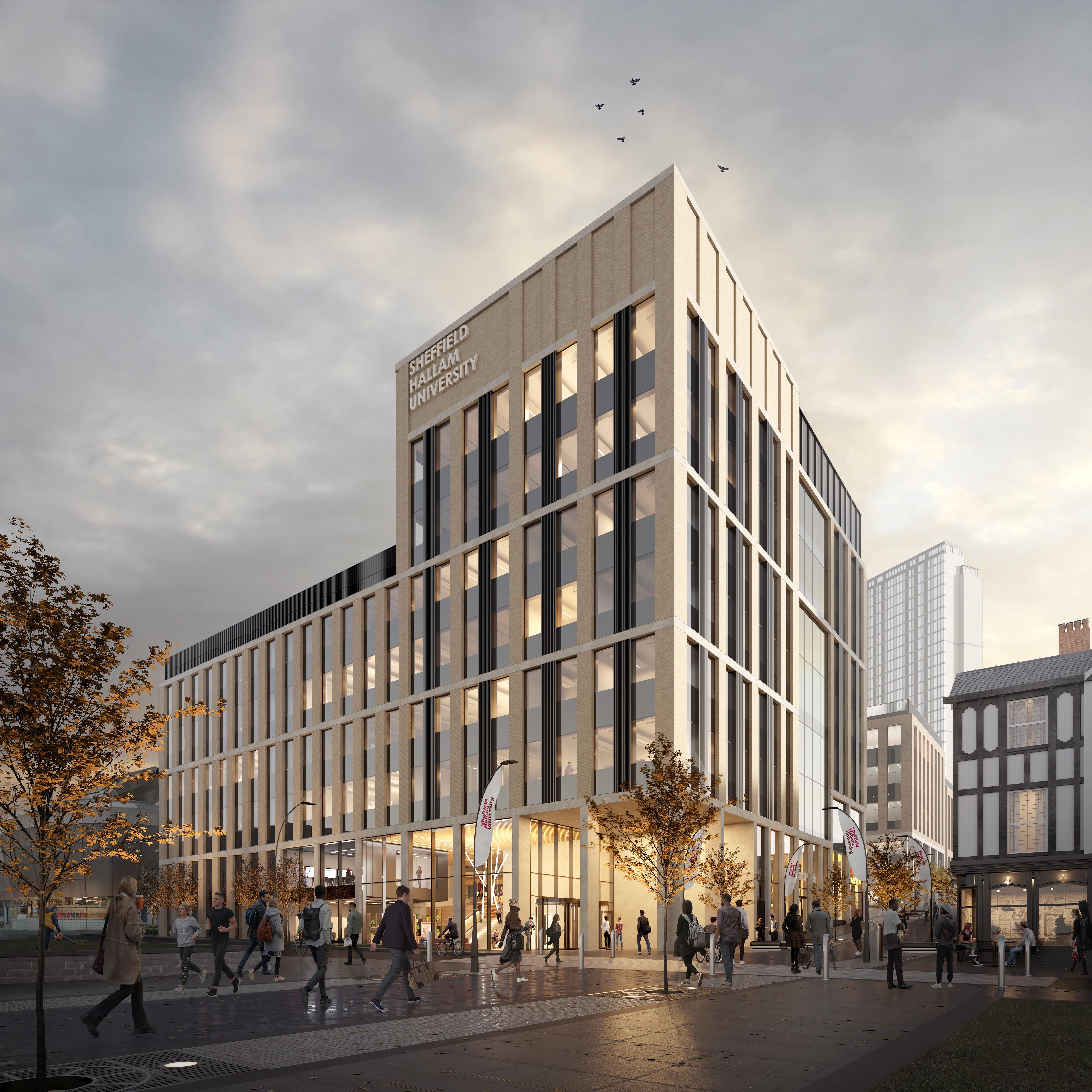Sheffield Event
EVENT HIGHLIGHTS:
Warm Welcome: The event began with a professional networking session over tea and coffee leading up to ice-breaker activities.
Keynote Address: Dr Breen set the tone with ATTAIN Network Overview
Embedding Research into our local communities: Presentations from Anthony Blackburn of Golf in Society and Dave Hembrough for bringing health services to leisure and community venues.
Interactive Discussion Session: How do we engage people from across our community in physical activity and research? Does the current provision across the nation meet our objectives for healthy ageing and Physical activity?
Lunch and Active Break: AWRC campus offered a reviving pause, preparing for other half of the workshop.
Co-location of Leisure and Healthcare Services: Dr Grinvalds and Dr Brown introduced their ideas of Co-location models and merging leisure and healthcare services.
BOAPPA Presentation: Barnsley Older Adults Physical Activity Alliance (BOAPPAA) between Barnsley Council and Age UK Barnsley
Interactive Discussion Session: From a healthy ageing and Physical Activity perspective, what does awesome look like?
Comfort Break: Prompted further discussions over tea and coffee.
Early Career Researcher Projects: Dr Gluchowski and Dr Wilkinson highlighted their contributions to advancing knowledge of the health benefits of exercise and understanding of AI as a tool to support health.
Pump Prime Awardees: Mrs Clay and Miss Carr spotlighted pioneering projects supported by ATTAIN’s funding grants.
Networking Finale: The event wrapped up at 16:00, providing a final networking opportunity and fostering future collaborations.
ATTAIN Network Overview (Dr Leigh Breen)
The ATTAIN Network focuses on promoting healthy aging by addressing disparities in physical activity. Through collaborative efforts, stakeholder engagement, and funding for early career research, ATTAIN has built a robust international network comprising over 350 members across 12 countries. Notable achievements include heightened social media presence, successful workshops leading to new projects, and the provision of early career fellowships and pump priming awards. Looking ahead to Year 3, ATTAIN aims to consolidate outcomes and partnerships, expand activities through sandpit events, develop innovative solutions through co-production.
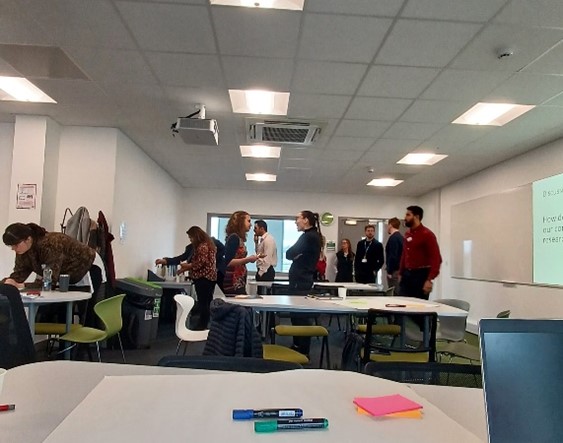
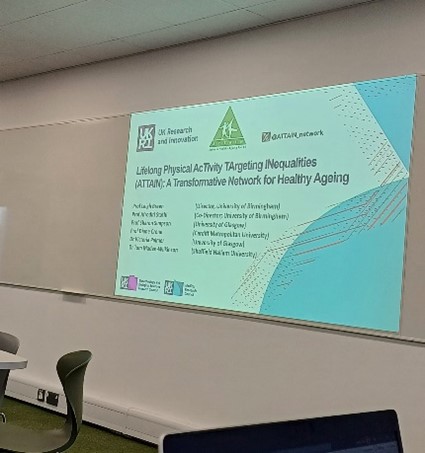
Embedding Research into the local communities
Golf in Society
The "Golf In Society" initiative tackles various healthcare challenges by repurposing golf clubs and green spaces into community outpatient clinics. By delivering holistic programs addressing conditions like dementia, Parkinson's, and frailty, and incorporating occupational therapy, physical therapy, and social interventions, the project aims to provide comprehensive care to older adults. Through collaborations with social enterprises, the initiative introduces new healthcare professionals to support the community. The "Golf Pathway" offers a 12-week program with various services, including health checks and ongoing support, resulting in multiple benefits for both caregivers and participants. Led by a team with expertise in various fields and supported by notable collaborators, the project has raised £500k for research projects, demonstrating its potential to address healthcare needs in the community.

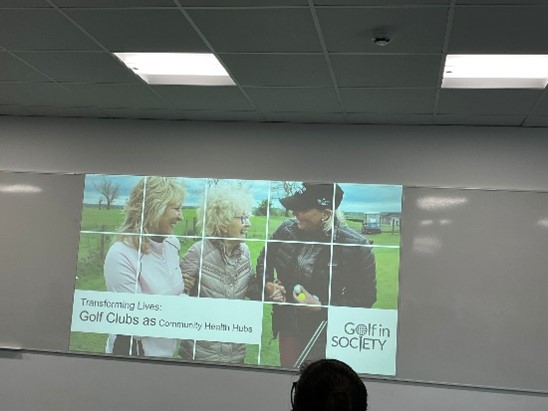
Discussion Session 1
How do we engage people from across our community in physical activity and research?Does the current provision across the nation meet our objectives for healthy ageing and PA?
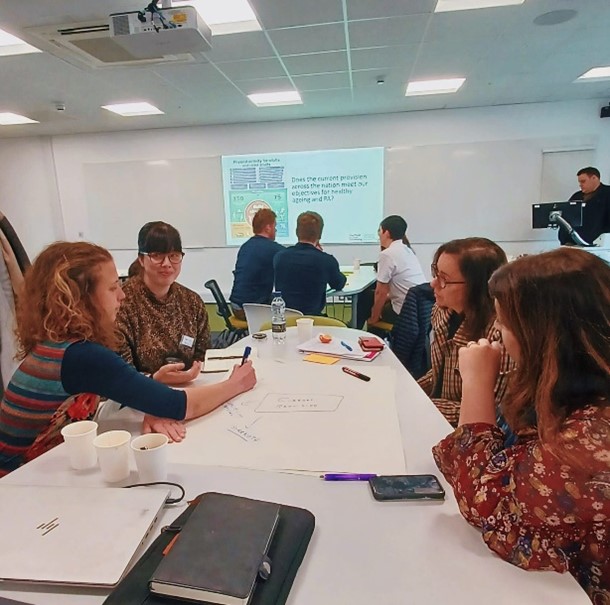

Co-location of Leisure and Healthcare Services: A model for future health and wellbeing
Sheffield Co-Location Model for Health and Activity Promotion (Beth Brown)
The Sheffield Co-Location Model for Health and Activity Promotion, emphasizes on the establishment of combined clinical and leisure facilities at the National Centre for Sport and Exercise Medicine site. The model underscores benefits such as increased visibility to encourage physical activity, streamlined patient referral pathways, and enhanced convenience. Contrasting with traditional hospital settings, the model prioritizes well-being and fosters participation among vulnerable groups through visual cues and accessible referral routes. By integrating clinical and leisure services, the model facilitates coordination among medical, rehabilitation, and fitness staff, leveraging existing relationships and safety perceptions to promote holistic wellness.

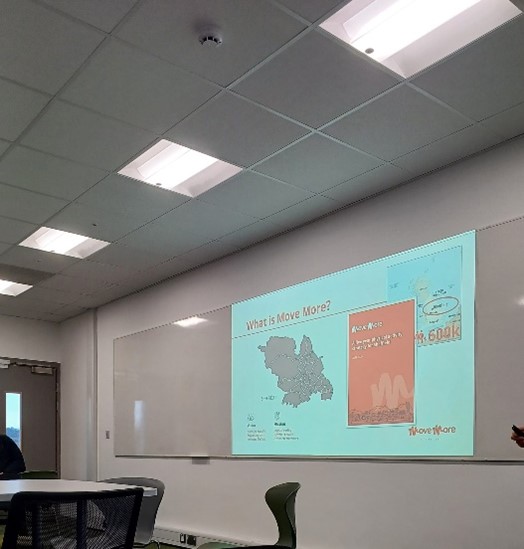
Exploring Impact of Co-Located Facilities (Dr. Natalie Grinvalds)
The presentation introduced a realist evaluation approach and theories to elucidate how co-location enhances physical activity. It proposed various contexts and mechanisms contributing to the model's value, including improved visibility, accessibility, and coordinated care. Highlighting PhD research focused on contextual factors, the presentation outlined program theories developed through stakeholder interviews. Challenges such as mismatched schedules between clinics and activity sessions were highlighted, potentially limiting benefits. Key concepts emphasized included a single point of access, seamless boundaries, staff engagement prompts, and enhanced safety for clinical groups, aiming to optimize the co-location's effectiveness in promoting holistic wellness.
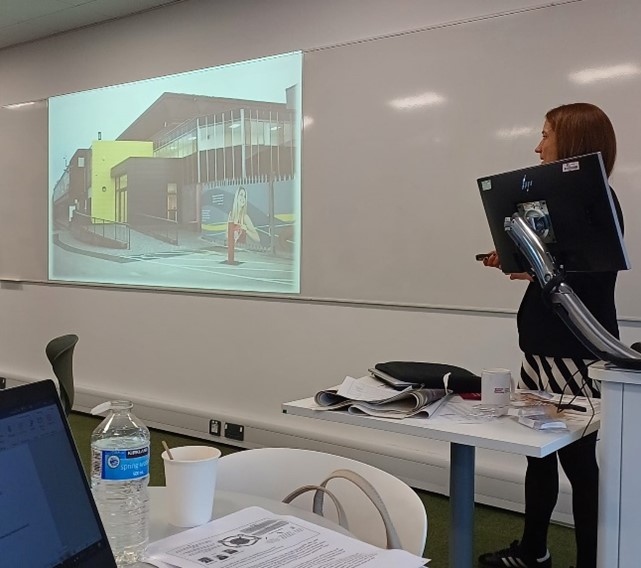
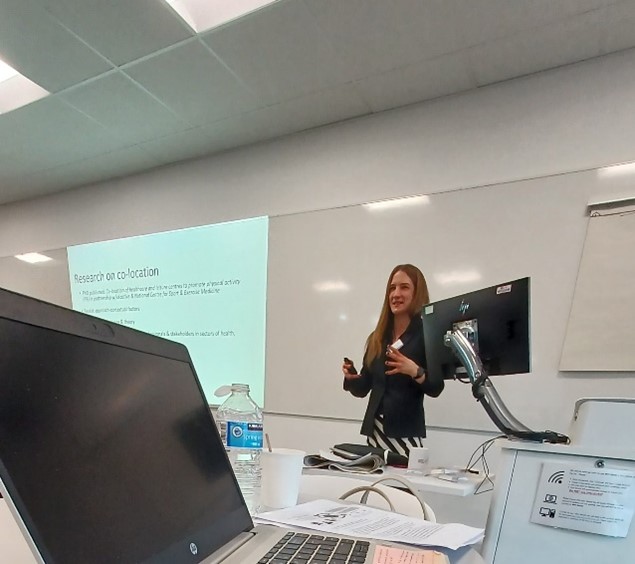
BOPPAA Presentation
The presentation outlined the Barnsley Older Adults Physical Activity Alliance (BOAPPAA) between Barnsley Council and Age UK Barnsley, aiming to combat inactivity among older adults through various programs like strength and balance sessions, health walks, and seated yoga. Utilizing referral pathways from healthcare services, BOPPAA directs patients to tailored activities in leisure and community venues, facilitated by collaborative efforts across sectors. Its primary goal is to boost activity levels by offering targeted sessions and addressing barriers faced by inactive older adults through coordinated care initiatives.
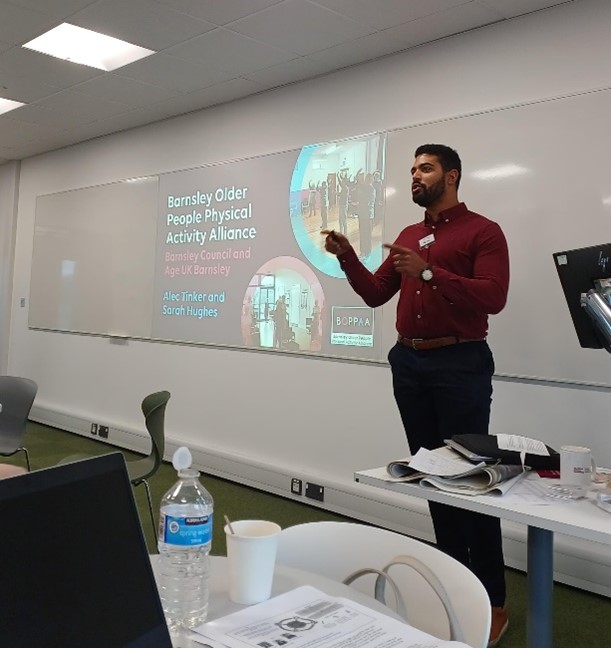
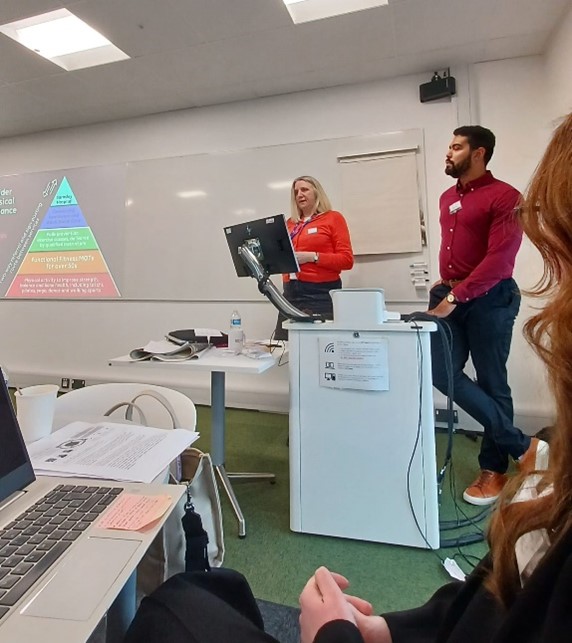
Discussion Session 2
From a healthy ageing and Physical Activity perspective, what does awesome look like?

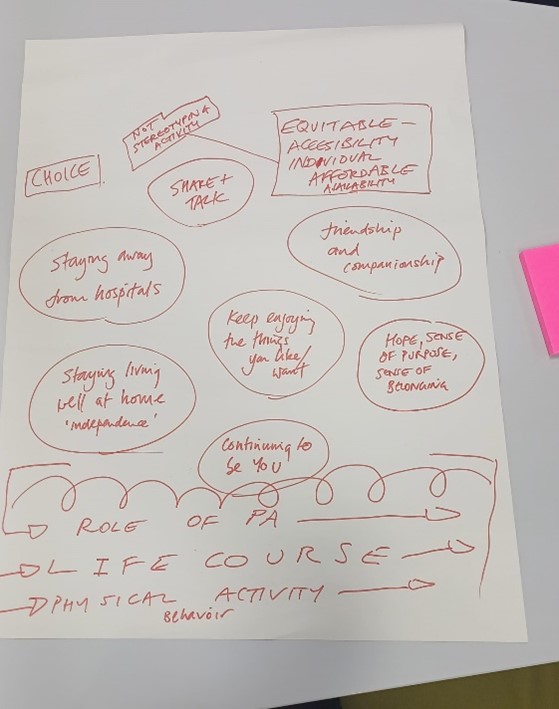
Early Career Researchers:
Overcoming Barriers to Strength Training in Older Adults (Dr. Ashley Gluchowski)
The presentation addressed the lack of awareness regarding strength training recommendations for seniors, highlighting insights from interviews that revealed limited familiarity with guidelines among individuals over 65 years old. To address this gap, a co-designed messaging campaign called "Stronger with Age" was proposed, aiming to promote strength training and dispel misconceptions. The campaign involves stakeholders from healthcare, activity provision, and health promotion domains, with goals to clarify the benefits of strength training, connect individuals to resources, and embed strength training across health pathways.

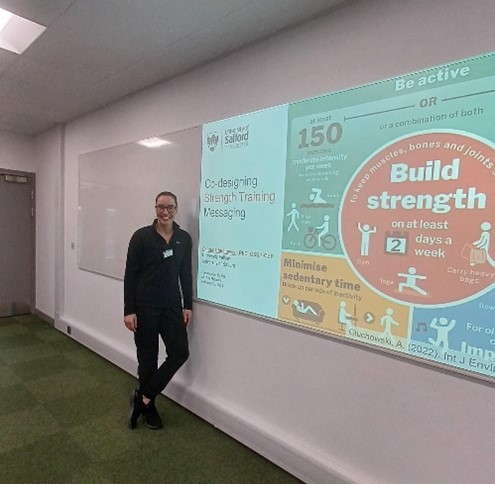
Barriers and Facilitators to AI-Powered Digital Activity Interventions in Ethnic Minorities (Dr Tom M. Wilkinson)
The presentation discussed leveraging artificial intelligence (AI) and chatbot technology for tailored lifestyle coaching, particularly in promoting physical activity. While well-designed interventions using AI are limited, the study aimed to explore people's perceptions of AI's role, especially among minority ethnic groups. Research methods included online surveys and focus groups, revealing barriers to physical activity such as lack of knowledge and access, particularly pronounced in ethnic communities. Views on AI chatbots were mixed, with concerns about trust and preference for a more human-like coach, despite recognizing their potential benefits in providing personalized advice and information.
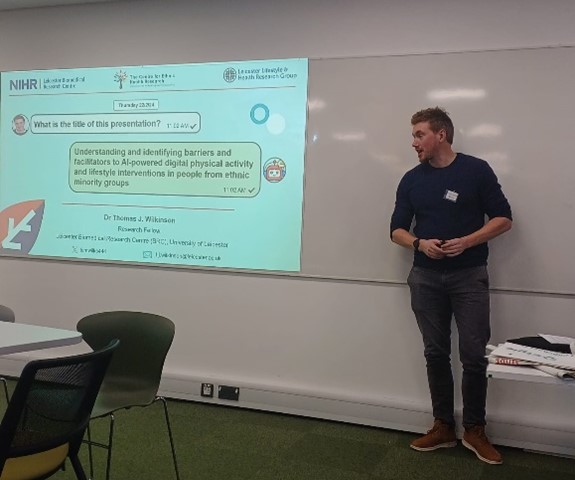

Pump Prime Awardees:
Title: Physical Activity Intervention in Emergency Departments
Emergency departments serve millions annually in England. A proposed intervention aims to promote physical activity, crucial for healthy aging, particularly targeting deprived areas with low activity levels. The project suggests exploring the potential of implementing a physical activity intervention in the Emergency Department setting. Steps include a literature review, patient involvement, and applications for funding or ethical approval. The goal is to address health inequalities by encouraging physical activity among the diverse ED population.
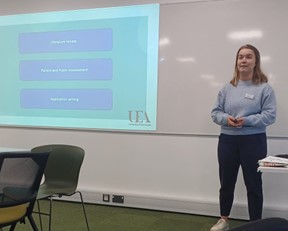
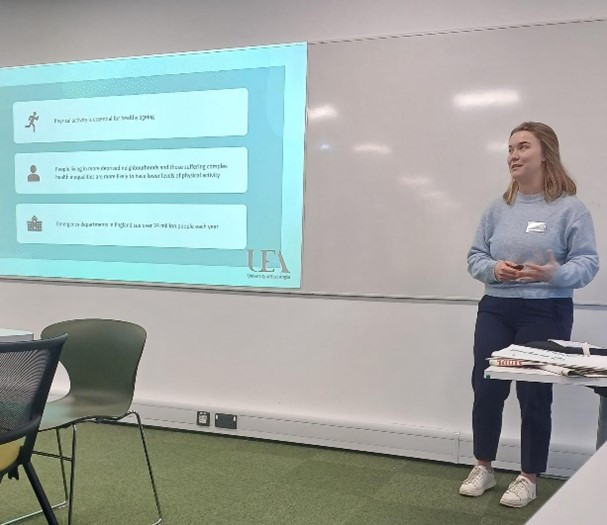
Title: Perceptions of Sedentary Behavior Recommendations Post-Stroke
This study aims to investigate sedentary behavior (SB) perceptions among older adults post-stroke and stroke professionals across the Lincolnshire coastline. Through interviews and focus groups, it aims to explore awareness of SB recommendations, identify support needs, and co-create resources for reducing SB. Key outputs include an infographic for increasing awareness, a Linktree platform with related materials, and an open-access manuscript detailing findings.
